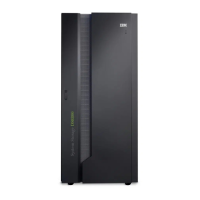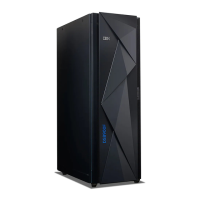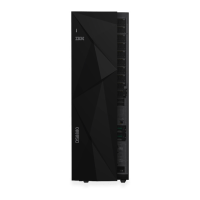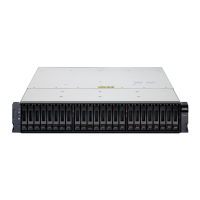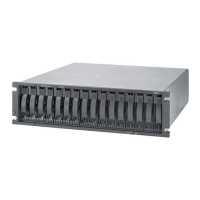– Site A - You must have a Metro/Global Mirror license, and a Metro Mirror
license.
Note: A Global Mirror Add-on license is required if you remove Site B and
you want to resync between Site A and Site C.
– Site B - You must have a Metro/Global Mirror license, a Metro Mirror license,
and a Global Mirror Add-on license.
– Site C - You must have a Metro/Global Mirror license, a Global Mirror
license, and a point-in-time copy license.
A Metro/Global Mirror solution is available with the Metro/Global Mirror
indicator feature numbers 74xx and 0742 and corresponding DS8000 series
function authorization (2396-LFA MGM feature numbers 74xx).
– Site A - You must have a Metro/Global Mirror license, and a remote
mirror and copy license.
– Site B - You must have a Metro/Global Mirror license, and a remote
mirror and copy license.
– Site C - You must have a Metro/Global Mirror license, a remote
mirror and copy license, and a point-in-time copy license.
v If you use Global Mirror, you must use the following additional rules:
– A point-in-time copy function authorization (239x Model LFA, PTC license,
242x machine type) must be purchased for the secondary storage unit.
– If Global Mirror is to be used during failback on the secondary storage unit, a
point-in-time copy function authorization must also be purchased on the
primary system.
The following ordering rule applies to remote mirror for z/OS licenses:
v A license is required for only the total physical capacity that is logically
configured as count key data (CKD) volumes for use with System z host
systems.
v When failback from the secondary storage unit to the primary storage unit is
required, the remote mirror for z/OS function authorization (239x Model LFA,
RMZ license, 242x machine type) must be purchased for both systems.
For parallel access volumes (PAV), A license is required for only the total physical
capacity that is logically configured as count key data (CKD) volumes for use with
System z host systems.
The following ordering rule applies to IBM HyperPAV:
v A license for IBM HyperPAV requires the purchase of PAV licensed features.
The initial enablement of any optional DS8000 licensed function is a concurrent
activity (assuming that the appropriate level of microcode is installed on the
machine for the given function). The removal of a DS8000 licensed function to
deactivate the function is a non-disruptive activity but takes effect at the next
machine IML.
If you have an active optional function and no longer want to use it, you can
deactivate the function in one of the following ways:
v Order an inactive or disabled license and replace the active license activation key
with the new inactive license activation key at the IBM Disk Storage Feature
Activation (DSFA) website.
126 Introduction and Planning Guide

